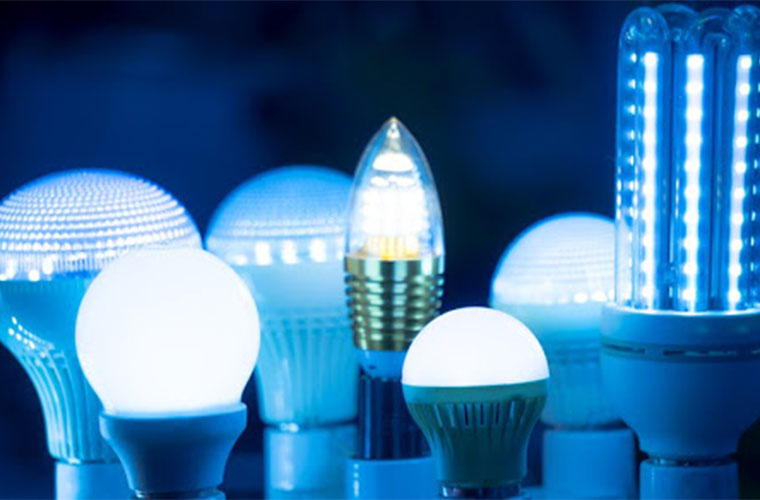WASHINGTON, D.C. — The U.S. Department of Energy (DOE) finalized Congressionally-mandated energy efficiency standards for general service lamps (GSLs), which include the most common types of residential and commercial lightbulbs. These standards— which will go into effect in July of 2028 for newly produced bulbs—are expected to save American families $1.6 billion annually on household energy costs, significantly cut energy waste, and slash harmful greenhouse gas pollution. Over 30 years, DOE projects these updated standards will save Americans more than $27 billion on their utility bills and cut 70 million metric tons of dangerous carbon dioxide emissions—equivalent to the combined annual emissions of over 9 million homes. Today’s announcement represents the Biden-Harris Administration’s latest steps in delivering savings through appliance efficiency, as directed by Congress.
“Making common household appliances more efficient is one of the most effective ways to slash energy costs and cut harmful carbon emissions,” said U.S. Secretary of Energy Jennifer M. Granholm. “Under President Biden and as directed by Congress, DOE is following the lead of lightbulb manufacturers, helping American families flip the switch on massive energy savings through strengthened energy efficiency standards.”
General Service Lamps
This final rule will raise the efficiency level from 45 lumens per watt to more than 120 lumens per watt for the most common lightbulbs, in line with the ongoing transition toward more efficient and long-lasting LED bulbs that the lighting industry and consumers are already embracing. Manufacturer compliance with the efficiency standards being adopted today will be required from July 25, 2028, and will apply to newly produced or imported general service lamps—not affecting continued consumer use and purchase of bulbs already manufactured. The energy savings from these standards over 30 years of shipments is approximately 4 quadrillion British thermal units, which represents a savings of 17% relative to the status quo of lightbulb energy use.
DOE already implemented minimum lightbulb efficiency levels that were specifically directed by Congress in the bipartisan Energy Independence and Security Act of 2007, which set levels that cannot be met by energy-inefficient incandescent bulbs. Today’s standards—which reflect Congressional direction for DOE to regularly review efficiency standards to ensure consumers benefit from technological advances that provide savings—set efficiency levels that can be met by a broad variety of widely available LED bulbs but not by compact fluorescent bulbs (CFLs), which the market is already transitioning away from. LEDs provide longer lifespans and lower electricity usage, and unlike CFLs do not contain mercury.
Lowering Energy Costs for American Families and Businesses
For more information on cost-savings resources, consumers can utilize DOE’s Energy Savings Hub—an easy-to-use online resource to access the cost-saving benefits of President Biden’s Investing in America agenda.
The website outlines clean energy tax credits and forthcoming rebates, helping people take control of their energy costs and have cleaner and more efficient options as a consumer—whether they’re looking to purchase an electric vehicle, update an appliance, or make their home safer and more comfortable.
DOE’s Building Technologies Office implements minimum energy conservation standards for more than 60 categories of appliances and equipment. To learn more, visit the Appliance and Equipment Standards Program homepage.
Tagged with DOE, lightbulbs, lightED